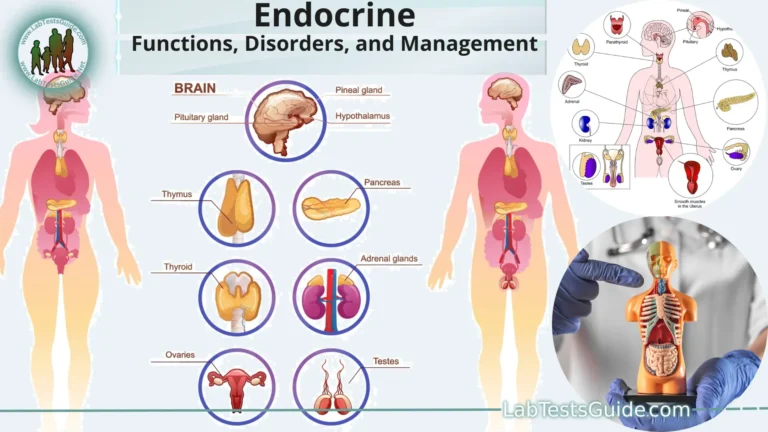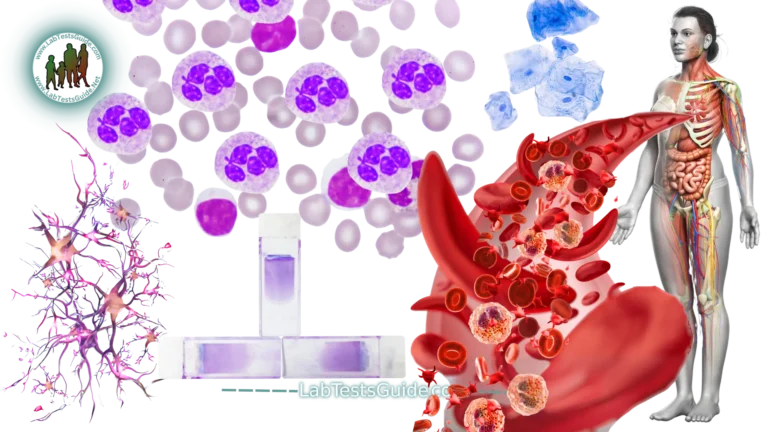The anus is one of the most important yet often underappreciated parts of the human body. Located at the end of the digestive tract, it serves a vital function in waste elimination and plays a crucial role in maintaining overall health and well-being. In this comprehensive article, we will delve deep into the anatomy, functions, common issues, and cultural aspects of the anus.

Anatomy of the Anus
To understand the anus fully, it’s essential to explore its anatomy. The anus is a muscular opening located at the end of the rectum, which is the final part of the digestive system. It can be divided into two distinct parts: the anal canal and the anal sphincters.
A. Anal Canal
The anal canal is a short tubular structure that connects the rectum to the outside of the body. It is approximately 2-4 centimeters in length in adults. The inner lining of the anal canal is composed of specialized mucous membrane, which is moist and sensitive to touch, temperature, and pressure. This lining contains numerous small glands that secrete mucus, helping to lubricate and ease the passage of stool during bowel movements.
B. Anal Sphincters
The anal sphincters are a set of muscles that encircle the anal canal and play a crucial role in controlling the release of feces. There are two main types of anal sphincters:
- Internal Anal Sphincter: This is an involuntary, smooth muscle sphincter that remains contracted most of the time, helping to prevent the involuntary release of stool. It is under the control of the autonomic nervous system and operates without conscious effort.
- External Anal Sphincter: The external anal sphincter is a voluntary, skeletal muscle sphincter that surrounds the internal sphincter. It is under conscious control and allows us to voluntarily initiate or postpone bowel movements.
The coordination between these two sphincters ensures that feces are retained within the rectum until a suitable time for defecation.
Functions of the Anus
The anus performs several critical functions in the body, contributing to overall health and well-being.
A. Elimination of Waste
One of the primary functions of the anus is the elimination of waste material from the body. After the digestive process has extracted nutrients from food in the small intestine, indigestible and unabsorbed remnants pass into the colon and then into the rectum. The anus is responsible for expelling this waste, known as feces or stool, from the body during bowel movements.
B. Maintenance of Fecal Continence
The anal sphincters, particularly the external anal sphincter, play a crucial role in maintaining fecal continence. These muscles keep the anal canal closed when not in use, preventing involuntary leakage of stool between bowel movements. The ability to consciously control the external anal sphincter allows humans to delay defecation until a suitable time and place.
C. Sensory Function
The sensitive mucous membrane lining the anal canal serves as a sensory organ, allowing individuals to perceive sensations related to temperature, pressure, and touch. This sensory function helps in the identification of stool consistency and the detection of any abnormalities or discomfort in the anal region.
D. Sexual Pleasure
The anus is also an erogenous zone for some individuals, and anal stimulation can provide sexual pleasure. This aspect of anal function is an integral part of human sexuality and varies widely in significance from person to person.
Common Issues and Health Conditions
The anus, like any other part of the body, is susceptible to various health issues and conditions. Understanding these common problems is essential for maintaining good anal health.
A. Hemorrhoids
Hemorrhoids are swollen and inflamed blood vessels in the anal and rectal area. They can cause pain, itching, and bleeding, especially during bowel movements. Hemorrhoids can result from increased pressure in the lower rectum, often due to straining during bowel movements, chronic constipation, or pregnancy.
B. Anal Fissures
An anal fissure is a small tear in the lining of the anal canal, typically caused by the passage of hard or large stools. This condition can be quite painful and may lead to bleeding during bowel movements.
C. Anal Abscesses and Fistulas
Anal abscesses are localized infections that occur in the tissues around the anus. If not properly treated, they can develop into anal fistulas, which are abnormal connections or tunnels between the anal canal and the skin around the anus. These conditions often require surgical intervention.
D. Anal Cancer
Although relatively rare, anal cancer can develop in the cells of the anus. Risk factors for anal cancer include infection with human papillomavirus (HPV), a weakened immune system, and a history of anal fissures or fistulas.
E. Incontinence
Fecal incontinence is the inability to control bowel movements, leading to involuntary leakage of stool. It can result from various factors, including muscle damage, nerve damage, or certain medical conditions.
Maintaining Anal Health
Maintaining good anal health is essential for overall well-being. Here are some tips to help keep the anus healthy:
A. Dietary and Hydration Habits
Eating a balanced diet rich in fiber can help prevent constipation and reduce the risk of developing hemorrhoids and anal fissures. Staying well-hydrated is also crucial for regular and soft bowel movements.
B. Proper Hygiene
Maintaining proper anal hygiene is essential. After bowel movements, it is advisable to clean the anal area gently with water and mild soap or moist wipes. Avoid excessive scrubbing or the use of harsh, perfumed products that can irritate the sensitive skin.
C. Regular Exercise
Regular physical activity can promote healthy digestion and help prevent constipation. Engaging in activities such as walking, jogging, or yoga can be beneficial.
D. Avoid Straining
Straining during bowel movements can increase the risk of hemorrhoids and anal fissures. To avoid straining, ensure you have an adequate amount of fiber in your diet, and take your time on the toilet without rushing.
E. Medical Check-Ups
Regular medical check-ups are essential for detecting and addressing any anal or colorectal issues early. Screenings for conditions such as colorectal cancer should be discussed with a healthcare provider, especially if you have risk factors or a family history of the disease.
Cultural and Social Aspects
The anus is not only a crucial anatomical structure but also holds cultural and social significance in various societies and throughout history.
Taboos and Stigma
In many cultures, discussions and representations of the anus have been taboo or stigmatized. Conversations about anal health and hygiene can be uncomfortable for some individuals due to these societal attitudes.
Sexual Expression
The anus plays a role in sexual expression and pleasure for some individuals. Anal intercourse is a common sexual practice, and it is important for individuals engaging in such activities to prioritize safety, consent, and communication.
Medical Advancements
Advancements in medical science have improved the treatment options available for anal health issues. Procedures such as minimally invasive surgery and laser therapy have made it possible to address conditions like hemorrhoids and anal fissures more effectively and with less discomfort.
Cultural Practices
In some cultures, anal hygiene practices, such as the use of bidets or squat toilets, differ from Western practices. Understanding these cultural differences can be essential for effective healthcare and hygiene education.
Conclusion
In conclusion, the anus is a remarkable and indispensable part of the human body. Its anatomy, functions, and importance for overall health are undeniable. While it can be the source of discomfort and health issues, proper hygiene, lifestyle choices, and medical care can help maintain good anal health and prevent many common problems.
It is crucial to foster open and informed discussions about anal health, breaking down cultural taboos and stigma associated with the subject. By doing so, individuals can better understand their bodies, seek timely medical care when needed, and promote overall well-being.
In the grand tapestry of human anatomy and physiology, the anus may be a small piece, but its significance is immeasurable. Understanding and caring for this vital body part is an essential aspect of maintaining a healthy and fulfilling life.
Possible References Used





